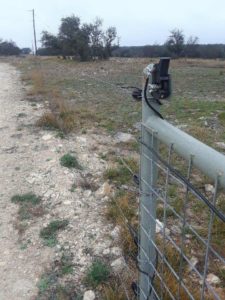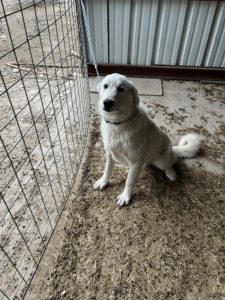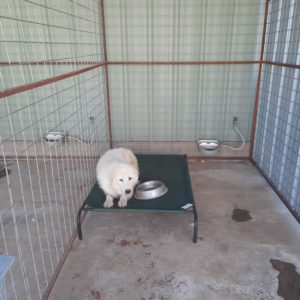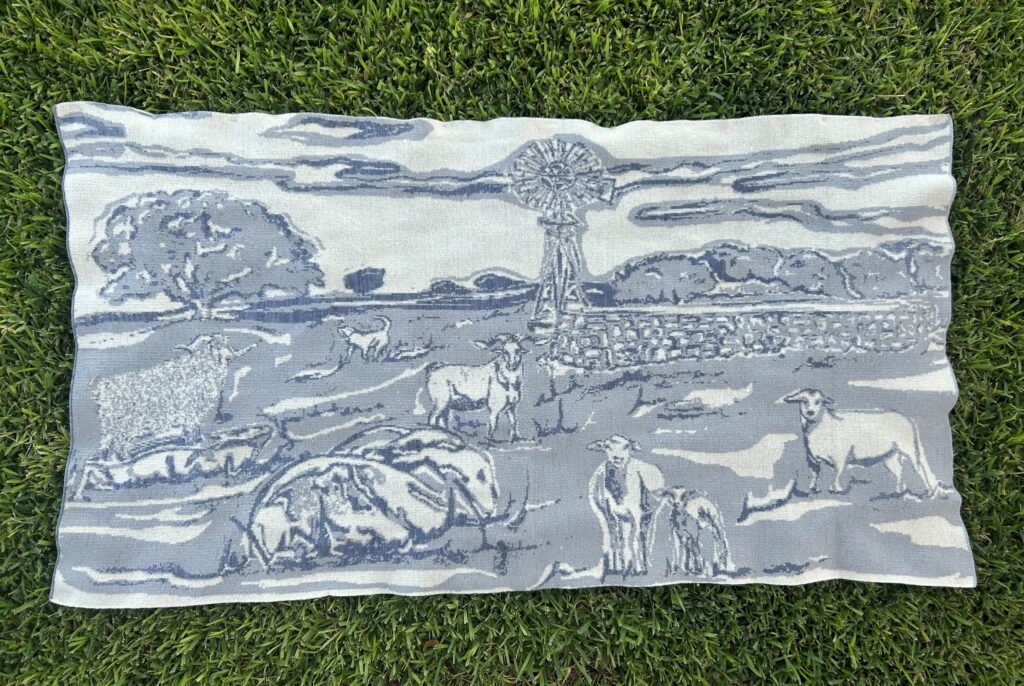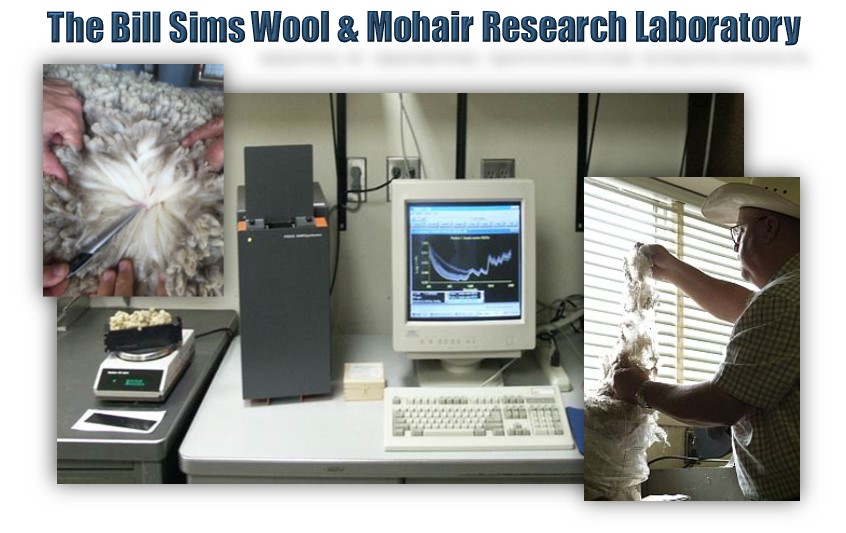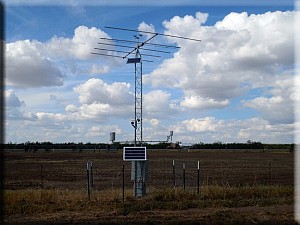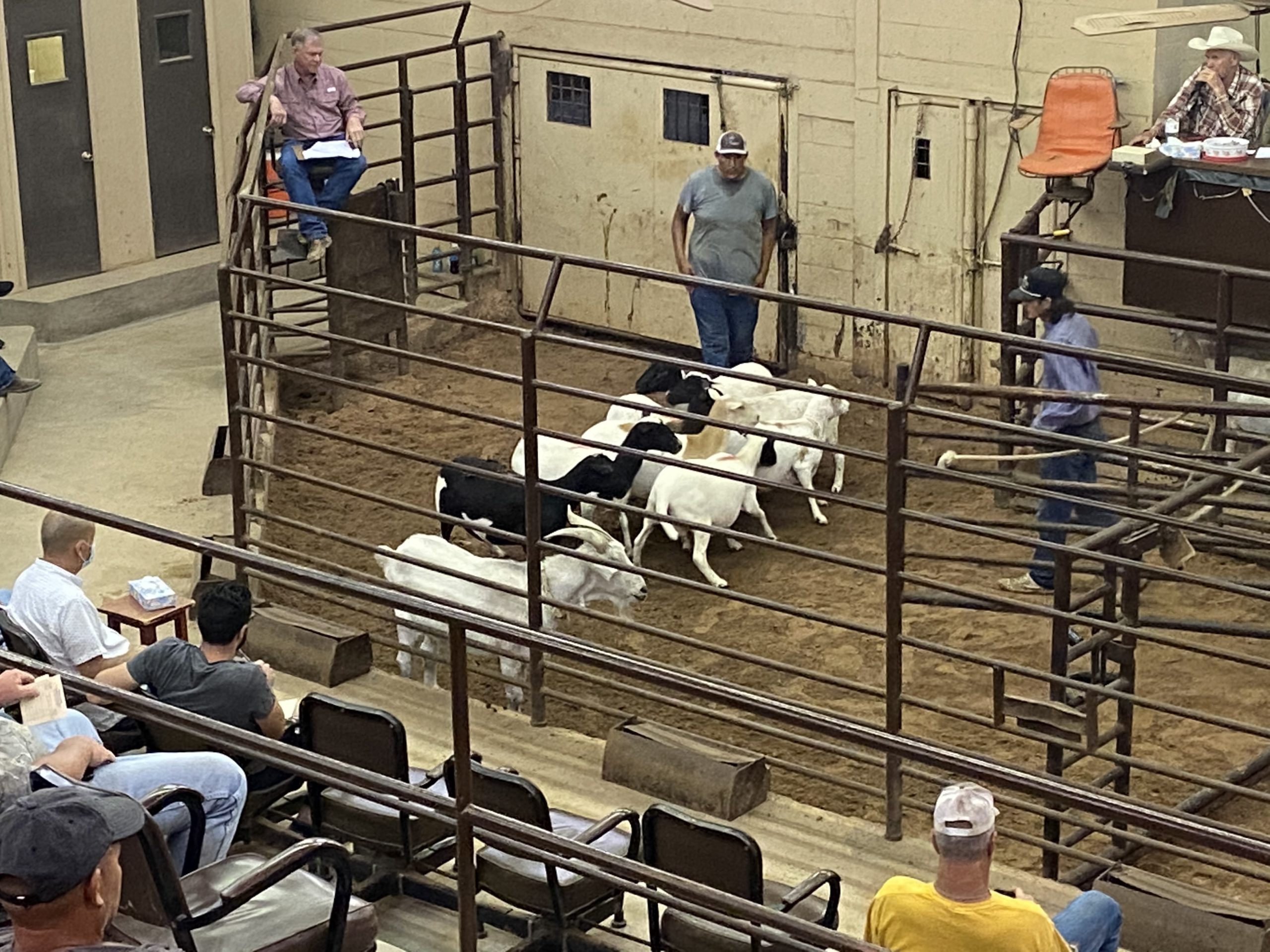Hopefully you had a great Christmas and a Happy New Year! It was cold around Christmas. The holidays can be a hectic time of year and things like LGD health checks can slip our minds. Make sure to check your LGDs regularly to keep them healthy and guarding your livestock. Check your dogs’ ears, eyes, coat and especially its paws for injuries. Long haired dogs can collect lots of burrs and thorns in the hair on their paws. These items can cause an abscess causing lameness to occur. Trimming the hair between the toes can help keep them clear of debris.
AgriLife Livestock Guardian Dog Program: Events and Update
Save the Date – Our Spring LGD Field Day will be held in Sonora at the Texas A&M AgriLife Sonora Station on April 14, 2023, from 8 a.m.-4 p.m. The field day will include workshops, producer panel and ranch tours. For more information check out our Facebook page.
Our next webinar will be held Feb. 16 at 3 p.m. on Zoom. Check out our Facebook page for more information as the event gets closer. The topic will be “What to Expect from Teenage LGDs.” The webinar will be free as always. You can sign up on our events page.
How Many LGDs Do You Need? Part II
We will cover the final three parts of determining how many LGDs you need in this month’s edition of “The Guardian Way.” We generally recommend 1-2 dogs per 100 head of livestock. However, that number can change based on several things. Producers need to consider the following things: livestock characteristics, terrain and brush, predator load, management style, fencing and pasture size and LGD behaviors. All these things can affect the number of LGDs you need on your ranch to guard your livestock.
Management Style
How you manage your livestock can have a large effect on how many LGDs you need for a specific ranch. Producers that have livestock spread across multiple pastures on a ranch will require more LGDs to guard those groups of animals. By combining livestock in fewer pastures and using rotational grazing producers can increase the amount of grass available to livestock while decreasing the number of dogs needed and lessen their dog food bill. By placing livestock into fewer larger groups, your LGDs can more effectively protect them and their offspring from predators. This is often one of the biggest challenges for new users of LGDs to conquer. A producer must be willing to make management changes to allow the dogs to be as effective as possible or they will continue to lose livestock. LGDs are one of the best tools for producers to use to increase lambing and kidding percentages. However, if producers are resistant to changing their livestock management, the dogs can only do so much to control predation.
Fencing and Pasture Size
The quality of your fencing and the size of your pastures can influence the number of LGDs needed. Good fencing keeps LGDs, and livestock contained and provides a deterrent to some types of predators. The kind and age of fencing you have also affects the number of LGDs required. Fencing that is old, easily jumped or squeezed through can require more dogs. New fencing with small woven wire openings, skirting and/or hot wire will require less dogs to protect livestock. Basically, poor fencing allows predators to penetrate it and requires the use of more LGDs. It’s important to weigh the long-term costs and management of the extra dogs to the cost of new or improved fencing. Invisible fencing is a possibility for many ranches now that the system is GPS based.
Pasture size is also an important factor to consider when deciding on how many LGDs you need. Large pastures require more dogs to protect livestock because the livestock tend to spread out more. Consider placing all your livestock together during lambing or kidding seasons so that your LGDs can provide extra protection to young livestock. Open range situations often use herders with their dogs to protect livestock. Range operations often need a few extra dogs to provide enough protection for livestock.
LGD Behavior
Another important consideration is your LGDs capabilities and training when deciding how many you need. If you have older, experienced dogs, you may not need as many to protect your ranch. Young dogs or pups will need extra help to provide enough protection. Young pups under 10 months of age should not be released on their own to guard livestock. It’s best to have a pair of young dogs or place a young single dog with a mature dog. Old, pregnant, or whelping dogs will require extra help to provide the proper protection for your livestock. Proper nutrition is also an important factor that can impact how LGDs guard. Make sure to follow your veterinarian’s recommendation for feeding your LGDs.
Hopefully the information provided last month and in this issue will help you in determining how many LGDs you need to guard your livestock. Feel free to reach out to me at bill.costanzo@ag.tamu.edu with any questions.
LGDs & The Bonding Project Update
Round Four Pups
All pups in Round Four turned a year old in November and were scored for socialization in December. All the dogs scored well this time. We generally see lower scores at the 18-month test as dogs have not been leashed or tethered very often. A few dogs were harder to catch than we would like, but they have not been receiving as much socialization at some locations. Also, four of the dogs were rehomed in late November. These dogs are all doing well at the new producer’s location. One of those pups is chasing sheep from time to time so a dangle stick was placed on her to deter her from running. We will keep you updated on the dog’s progress via Facebook or this blog.
Round Four and a Half Pups
Colt and Ruger are both doing well and have been released from the bonding pen. Sadly, due to the drought we have had to depopulate the
ranch in Ozona. We will not have enough animals for the adult dogs and these pups to guard. We will be looking for a home for Colt and Ruger after the first of the year. If you are interested in participating in our bonding project and taking Colt and Ruger, please drop me an email at bill.costanzo@ag.tamu.edu or call me at 325-657-7311.
Adult Dogs
We spilt up Sara and Sally when the two dogs were done with retraining in the Invisible Fence System at the Center in San Angelo. So far, the dogs are both doing well. Sara left the ranch in Menard once in early December but has not left again. Sally is at the Sonora Station and has left the ranch once since she was placed there in mid-December. She has visited the headquarters also a few times but seems to be settling in at the ranch. Doc and Thelma are still doing well and not roaming anymore. Both dogs are still at the Center with sheep until late winter. They will return to Menard when the sheep are taken back after lambing.
Miley and Queenie are being retired to help ease the extra number of dogs we have due to drought forced depopulation of livestock across all our research ranches. Miley is going to be 11 years old in 2023 and Queenie, our matriarch of the LGD program, will be 14 years old! Both dogs have been excellent LGDs for the Martin Ranch and Sonora Station. They both adapt to changes in locations and livestock to be guarded and never leave their charges unguarded. Queenie has been supervising Squiggy at the Sonora Station for the last year as her replacement.
Miley has been at the Center in San Angelo for the last couple months gaining some weight and recovering from Ehrlichiosis. She has some arthritis in her hips and rear legs. She’s on a joint supplement that seems to be helping her move around easier.
In closing
If you enjoyed this monthly LGD blog, please don’t forget to subscribe to it with this link The Guardian Way | Texas A&M AgriLife Research and Extension Center at San Angelo.
To provide feedback on this article or request topics for future articles, please contact me at bill.costanzo@ag.tamu.edu or 325-657-7311.
The Texas A&M AgriLife Livestock Guardian Dog Program is a cooperative effort by Texas A&M AgriLife Research and the Texas Sheep and Goat Predator Management Board. Make sure to follow us on our social media sites and share them with your friends and family!
Facebook: https://www.facebook.com/TAMUlivestockguarddog/
Instagram: @tamulivestockguarddog
YouTube: https://www.youtube.com/channel/UCF7YbP6bNDV7___6H8mifBA
Don’t forget to check out the Texas LGD Association on online! Follow the organization at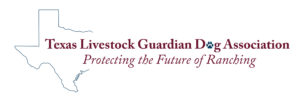 https://www.facebook.com/TexasLGDAssociation or check out their website!
https://www.facebook.com/TexasLGDAssociation or check out their website!

